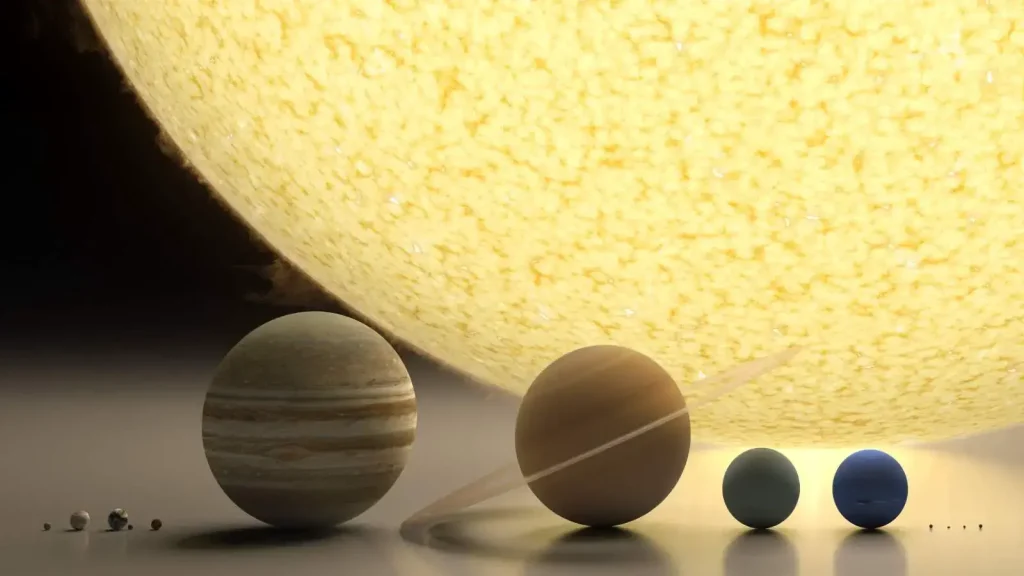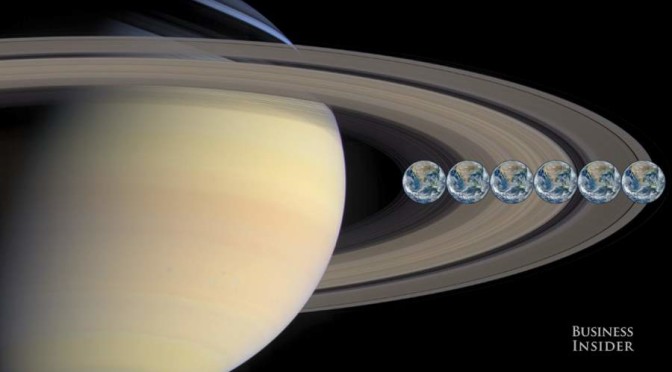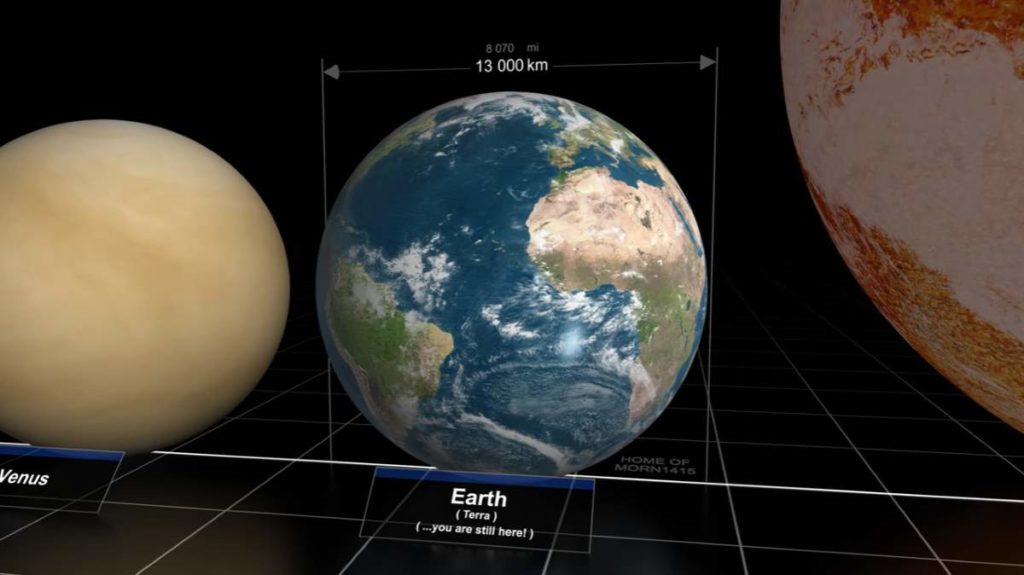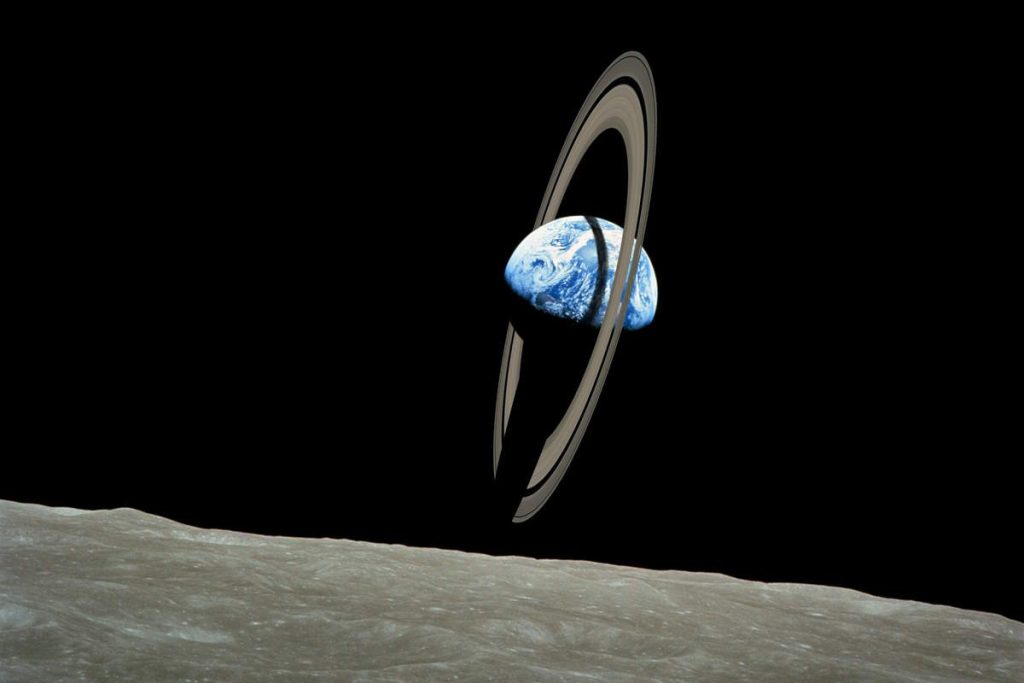When we look up at the night sky, we may feel small and insignificant compared to the vast expanse of space. However, our sense of smallness is put into perspective when we consider the true scale of the universe. Our planet Earth is just a tiny speck in a vast and complex system of planets, stars, galaxies, and beyond. In this article, we will explore just how small Earth is when compared to the larger structures of our solar system, the Milky Way galaxy, and the universe as a whole. By understanding our place in the universe, we can gain a greater appreciation for the sheer magnitude and complexity of the cosmos.
We are living on a tiny life-bearing rock, an oasis, in a large, very large, and hostile desert called “Universe”. The universe is big, really big, in fact
Earth to scale
Some excerpts from the video:
As a person living on Earth, our planet feels pretty big. But, if you start to think about space and beyond, it will start to seem very small.
- The distance between the Earth and the Moon (384,400 km / 238,855 miles) can obtain about 30 Earth (the diameter of the Earth is 12,742 km / 7,917.5 miles).
- From the surface of Mars, the Earth is only a tiny dot.
- Jupiter’s giant red spot (a huge storm) would completely swallow North America.
- 6 Earth could fit across Saturn’s rings.
- Despite being an average-sized star, the Sun is so large that 1.3 million Earths would fit inside of it. Actually, 99.86% of the mass of our solar system is made up of the Sun.

- Our Sun is only one of 100-200 billion stars in our galaxy, the Milky Way. We can see only see around 4,000 of these stars in the sky.
- Our galaxy is in a supercluster of galaxies called “Laniakea”, which is home to our galaxy the Milky Way, and 100,000 other nearby galaxies, stretched out over 160 megaparsecs (520 million light-years).
Sources
- Laniakea Supercluster on Wikipedia
- Moon Landings: All-Time List [1966-2025] - February 2, 2025
- What Is Max-Q and Why Is It Important During Rocket Launches? - January 16, 2025
- Top 10 Tallest Rockets Ever Launched [2025 Update] - January 16, 2025


